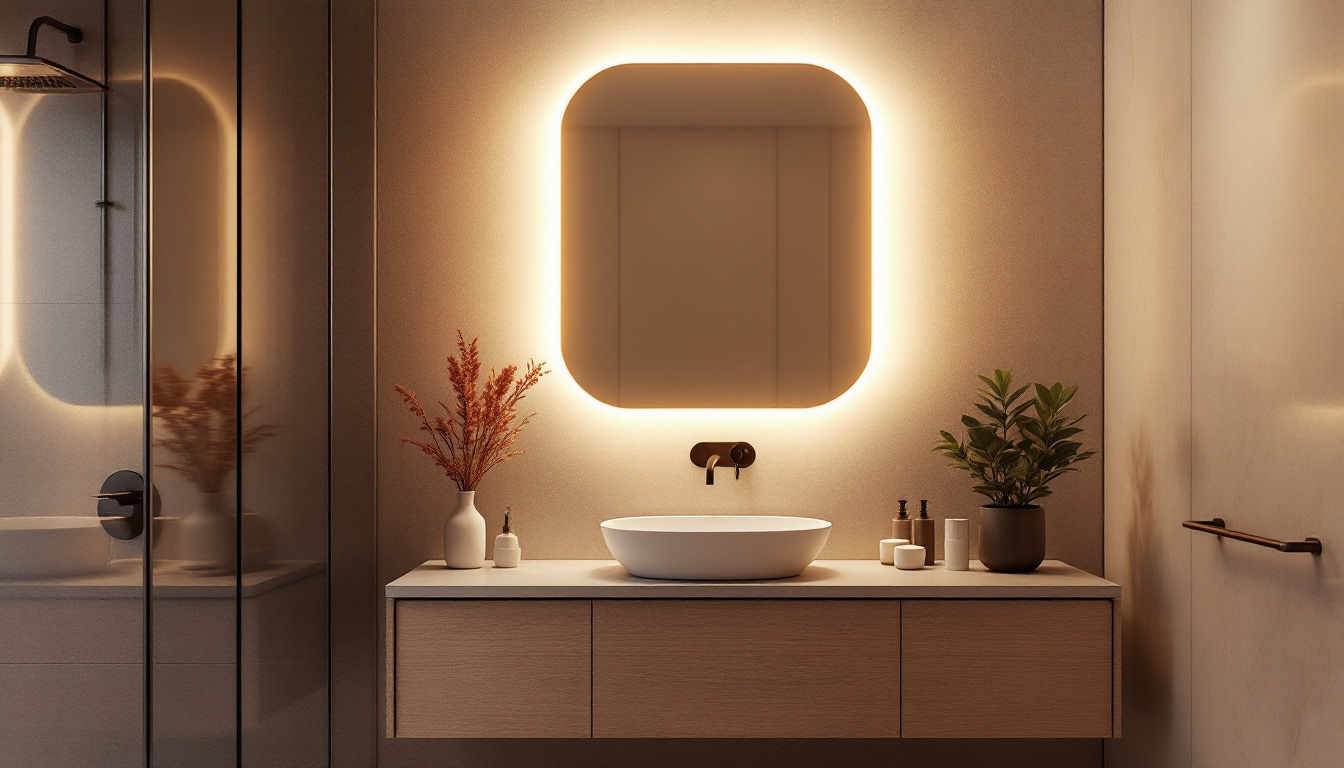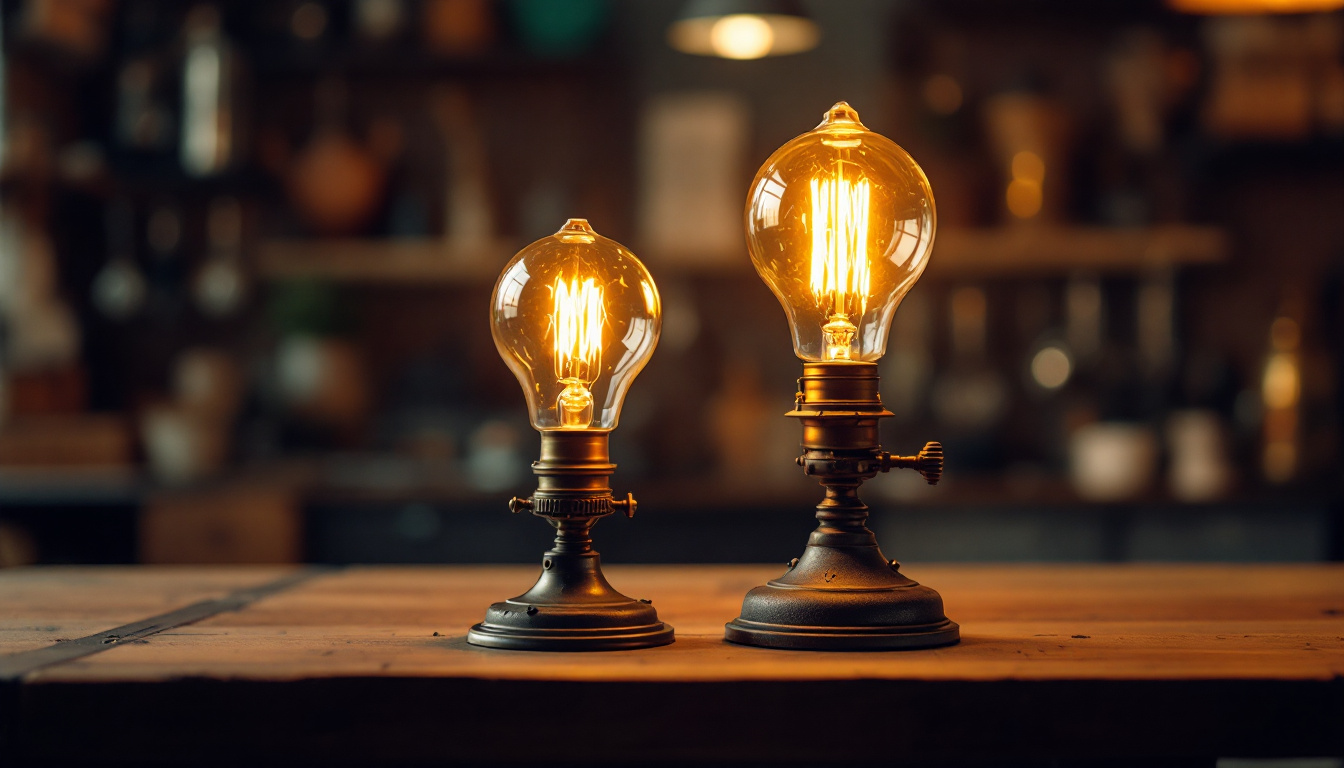
canister lighting, also known as recessed lighting, has become a popular choice among homeowners and contractors alike. These fixtures offer a sleek, modern aesthetic that can enhance the overall ambiance of a space. However, like any lighting solution, canister lighting comes with its own set of advantages and disadvantages. This article will explore the pros and cons of canister lighting specifically from the perspective of lighting contractors.
Canister lighting refers to light fixtures that are installed into a hollow opening in the ceiling, allowing the light to shine down without the fixture being visible. This type of lighting can be used for various applications, including general illumination, task lighting, and accent lighting. The fixtures are available in various sizes, shapes, and finishes, making them versatile for different design preferences.
One of the key features of canister lighting is that it can be used in both residential and commercial settings. Whether illuminating a cozy living room or brightening up a retail space, canister lights can provide effective lighting solutions tailored to the specific needs of the environment.
In residential settings, canister lighting can enhance the ambiance of a room by creating a warm, inviting atmosphere. For instance, in a kitchen, strategically placed canister lights can illuminate countertops for meal preparation while also highlighting architectural features or decorative elements. Additionally, dimmable options allow homeowners to adjust the brightness according to the time of day or activity, making it a flexible choice for any home. Furthermore, the ability to install these fixtures in various orientations—such as recessed or angled—adds to their functionality, allowing for targeted lighting that can accentuate artwork or create a dramatic effect in a dining area.
In commercial spaces, canister lighting plays a crucial role in enhancing the overall shopping experience. Retailers often utilize these fixtures to spotlight merchandise, drawing customers’ attention to featured products or displays. The clean, unobtrusive design of canister lights ensures that the focus remains on the items for sale rather than on the lighting itself. Moreover, energy-efficient LED options are increasingly popular in commercial applications, providing bright illumination while reducing electricity costs and environmental impact. With advancements in technology, many canister lights now come equipped with smart features, allowing for remote control and scheduling to optimize energy use throughout the day.
One of the most significant advantages of canister lighting is its aesthetic appeal. These fixtures offer a clean and modern look that can seamlessly integrate into any ceiling design. Unlike traditional light fixtures that can be bulky and distracting, canister lights provide a minimalist approach that enhances the overall design of a space.
Additionally, the ability to direct light where it is needed most allows for creative lighting designs. Lighting contractors can use canister lights to highlight architectural features, artwork, or specific areas within a room, creating a dynamic visual experience. The sleek design of these fixtures can also complement various interior styles, from contemporary to industrial, making them a versatile choice for homeowners and designers alike. By strategically placing canister lights, one can create a warm and inviting ambiance that transforms a room into a welcoming haven.
Canister lighting is incredibly versatile, making it suitable for various applications. Contractors can choose from different beam angles, color temperatures, and dimming options to create the desired atmosphere. This adaptability allows for the customization of lighting schemes that meet the specific needs of clients.
Moreover, canister lights can be used in conjunction with other lighting types, such as pendant or chandelier fixtures, to create layered lighting effects. This combination can enhance the functionality and aesthetic of a space, providing both general and task lighting where needed. For instance, in a kitchen, canister lights can illuminate countertops for cooking tasks while pendant lights can add a decorative touch over the dining area. The ability to mix and match different lighting sources not only enhances practicality but also allows for a unique expression of personal style, making each space truly one-of-a-kind.
With the rise of LED technology, canister lighting has become more energy-efficient than ever. LED canister lights consume significantly less power compared to traditional incandescent bulbs, which can lead to reduced energy bills for homeowners. This energy efficiency is an attractive selling point for contractors, as clients are increasingly looking for sustainable and cost-effective lighting solutions.
Additionally, many LED canister lights have a longer lifespan than traditional bulbs, reducing the frequency of replacements and maintenance. This durability can be a significant advantage for contractors who want to provide clients with reliable and long-lasting lighting options. Furthermore, the reduced heat output of LED canister lights contributes to a cooler indoor environment, which can be particularly beneficial in warmer climates. By choosing energy-efficient canister lighting, homeowners not only save money but also contribute to a more sustainable future, aligning with the growing trend towards eco-friendly living.
While canister lighting offers many benefits, the installation process can be challenging. Lighting contractors must ensure that the fixtures are correctly positioned and securely mounted within the ceiling. This often requires cutting precise holes in the ceiling and ensuring that there is adequate space for the canister housing.
Additionally, contractors must be aware of the ceiling structure and any potential obstacles, such as insulation or ductwork, that may complicate the installation. This complexity can lead to increased labor costs and time spent on the project, which may deter some contractors from recommending canister lighting to clients. Moreover, if the installation is not done meticulously, it can result in uneven lighting or even damage to the ceiling, necessitating further repairs. The need for specialized tools and techniques can also add to the overall expense, making it essential for contractors to weigh the pros and cons before committing to this type of lighting.
Another disadvantage of canister lighting is its limited directionality. While many canister lights are adjustable, they may not provide the same level of control as track lighting or other directional fixtures. This limitation can be a concern for contractors who want to create specific lighting effects or highlight certain areas within a space.
In some cases, the fixed nature of canister lights may require additional fixtures to achieve the desired lighting effect, which can increase project costs. Contractors must carefully consider the layout and design of the space to ensure that canister lighting will meet the client’s needs effectively. Furthermore, the inability to easily redirect light can lead to uneven illumination, making it challenging to achieve a balanced aesthetic in larger rooms. This can be particularly problematic in spaces where ambiance is crucial, such as dining areas or art galleries, where focused lighting is essential for creating the right atmosphere.
Canister lighting fixtures can generate heat, particularly when using traditional incandescent bulbs. If not installed correctly, this heat can pose a fire hazard, especially in insulated ceilings. Contractors must take care to follow manufacturer guidelines and local building codes to ensure safe installation.
Furthermore, while LED canister lights are more energy-efficient and generate less heat, they can still overheat if not adequately ventilated. This concern underscores the importance of proper installation and the need for contractors to educate clients about the best practices for maintaining their lighting fixtures. Additionally, the choice of bulb can significantly impact the heat output; therefore, contractors should advise clients on the most suitable options to minimize risks. Regular maintenance checks are also advisable to ensure that dust and debris do not accumulate in the fixtures, which can further exacerbate overheating issues and diminish the lifespan of the lighting system.
Before installing canister lighting, it is essential for contractors to engage in thorough planning and design. This includes assessing the space, determining the appropriate number of fixtures, and selecting the right type of canister lights for the application. Contractors should consider factors such as ceiling height, room function, and the desired ambiance when designing the lighting layout.
Additionally, using lighting design software can help visualize the final result and ensure that the lighting scheme meets the client’s expectations. This proactive approach can lead to more successful installations and satisfied clients.
Lighting contractors play a crucial role in educating clients about the benefits and limitations of canister lighting. By providing clients with detailed information about the installation process, energy efficiency, and maintenance requirements, contractors can help clients make informed decisions.
Moreover, discussing the potential challenges associated with canister lighting can set realistic expectations and foster trust between the contractor and the client. This transparency can lead to stronger client relationships and repeat business in the future.
The lighting industry is continually evolving, with new technologies and products emerging regularly. Contractors should stay updated on the latest advancements in canister lighting, including energy-efficient options, smart lighting controls, and innovative designs. This knowledge can enhance the contractor’s credibility and enable them to offer clients the best solutions available.
Attending industry trade shows, participating in professional development courses, and engaging with manufacturers can provide valuable insights into the latest trends and technologies in canister lighting. By remaining informed, contractors can position themselves as experts in the field and better serve their clients.
Canister lighting presents both advantages and disadvantages for lighting contractors. While it offers aesthetic appeal, versatility, and energy efficiency, the challenges associated with installation, directionality, and potential overheating must be carefully considered. By understanding these pros and cons, contractors can make informed decisions about when and how to incorporate canister lighting into their projects.
Ultimately, the key to successful canister lighting installations lies in proper planning, client education, and staying informed about industry advancements. By adopting these best practices, lighting contractors can enhance their service offerings and deliver exceptional results that meet the needs of their clients.
Ready to elevate your lighting projects with the sleek appeal and energy efficiency of canister lighting? Look no further than LumenWholesale for all your lighting needs. Our spec-grade lighting products are designed to meet the highest industry standards, ensuring that you deliver top-quality results to your clients. With unbeatable wholesale prices and the convenience of free shipping on bulk orders, you can trust us to provide premium lighting without the premium price tag. Don’t let inflated markups dim your project’s potential. Choose LumenWholesale for the perfect blend of quality, affordability, and convenience. Wholesale Lighting at the Best Value is just a click away.

Discover how to future-proof your bathroom lighting projects with contemporary vanity lights.

Discover the pitfalls to avoid in the lighting industry with “Superior Lighting Florida: Common Mistakes Lighting Contractors Make.” Uncover the most frequent errors that can impact project success and learn how to ensure flawless lighting installations every time.

Discover how solar power landscape lighting is revolutionizing the industry for lighting contractors.

Explore the fascinating history of Thomas Edison’s contributions to lighting technology and discover real-world success stories from lighting contractors who have transformed spaces using both gas and oil lamps.